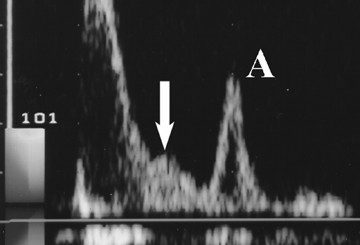Pseudohypokalemia
Contents [hide]
- 1 Pseudohypokalemia is seen in
- 2 Most common cause of ‘Pseudohypokalemia’
- 3 What is ‘Pseudohypokalemia’?
- 4 What is the most common cause of ‘Pseudohypokalemia’?
- 5 How pseudohypokalemia is diagnosed?
- 6 What is seasonal pseudohypokalemia?
- 7 What is the mechanism of action of Sodium-potassium exchange ATPase?
Pseudohypokalemia is seen in
A. Conn’s syndrome
B. Diabetic ketoacidosis
C. Sampling errors
D. Cushing’s syndrome
Most common cause of ‘Pseudohypokalemia’
A. Diarrhea
B. Excessive perspiration
C. Muscle-crush injury
D. Acute leukemia
What is ‘Pseudohypokalemia’?
Pseudohypokalemia – serum potassium decreases, artifactually, after phlebotomy.
Pseudohypokalemia is a decrease in the amount of potassium that occurs due to excessive uptake of potassium by metabolically active cells in a blood sample after it has been drawn.
It is a laboratory artifact that may occur when blood samples remain in warm conditions for several hours before processing
What is the most common cause of ‘Pseudohypokalemia’?
Most common cause of ‘Pseudohypokalemia’ is acute leukemia.
Large numbers of abnormal leukocytes take up potassium when the blood is stored in a collection vial for prolonged periods at room temperature.
How pseudohypokalemia is diagnosed?
Rapid separation of plasma and storage at 4° C is used to confirm this diagnosis
This method should be used for subsequent testing once pseudohypokalemia is diagnosed, to avoid this artifact leading to inappropriate treatment.
What is seasonal pseudohypokalemia?
It is found to increase during the summer season- seasonal pseudohypokalemia.
The activity of sodium-potassium exchange ATPase is increased by an increase in the temperature and presence of glucose.
Prolonged exposure of the blood sample to a higher than normal temperature stimulates the metabolism of glucose (blood sugar) thus increasing the uptake of potassium by the cells due to activation of the sodium-potassium exchange ATPase.
There is an increased incidence of pseudohypokalemia during the summer (seasonal pseudohypokalemia) in samples from primary care.
This is an in vitro pseudo-phenomenon mediated by sodium-potassium-exchanging-ATPase.
What is the mechanism of action of Sodium-potassium exchange ATPase?
Na+K+-ATPase pump helps to maintain osmotic equilibrium and membrane potential in cells.
The sodium and potassium move against the concentration gradients.
The Na+ K+-ATPase pump maintains the gradient of a higher concentration of sodium extracellularly and a higher level of potassium intracellularly.
Sodium-potassium exchange ATPase – an enzyme present on the outer surface of a cell that helps in maintaining a proper concentration of sodium and potassium ions within and outside of the cell.





